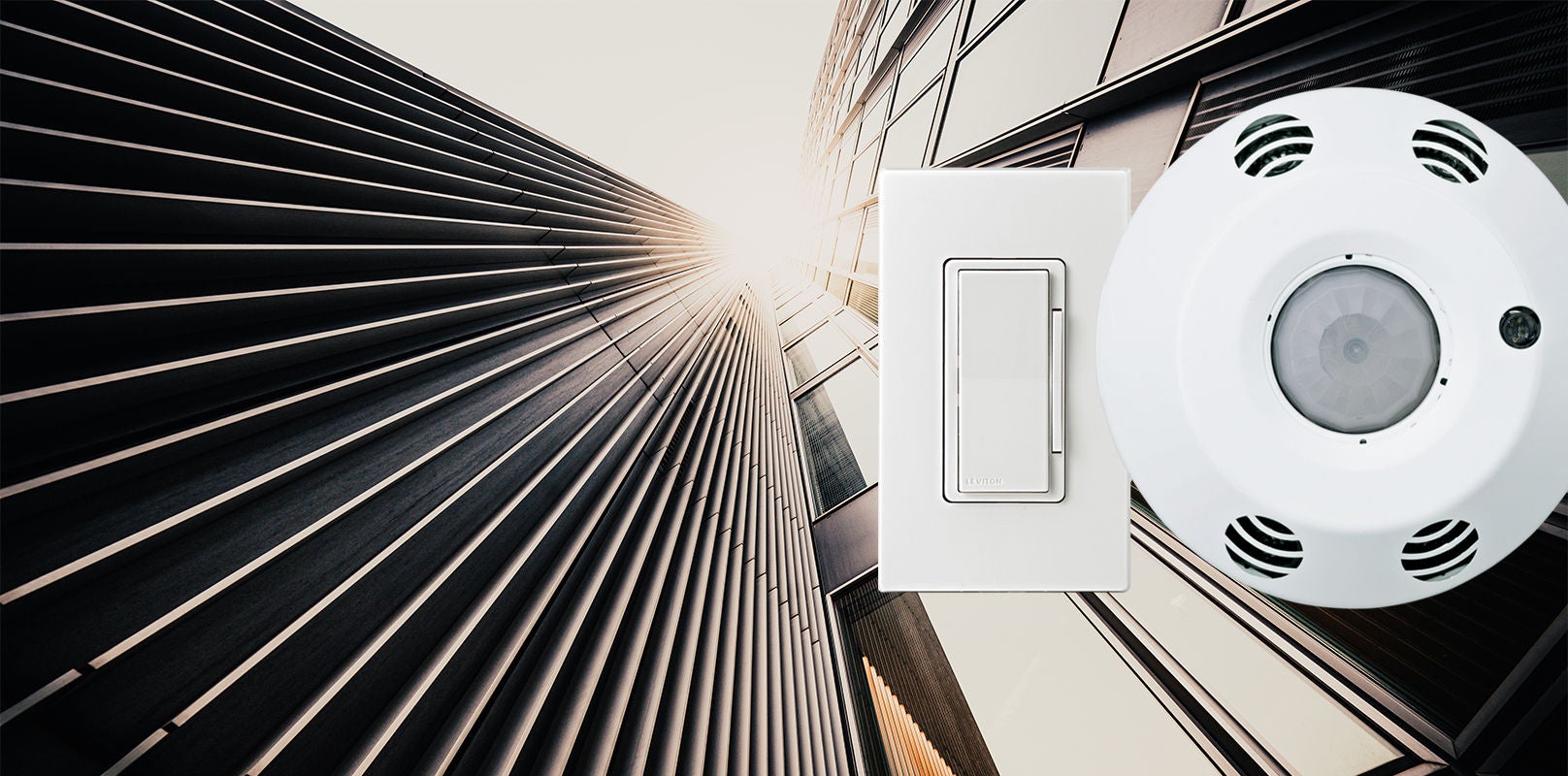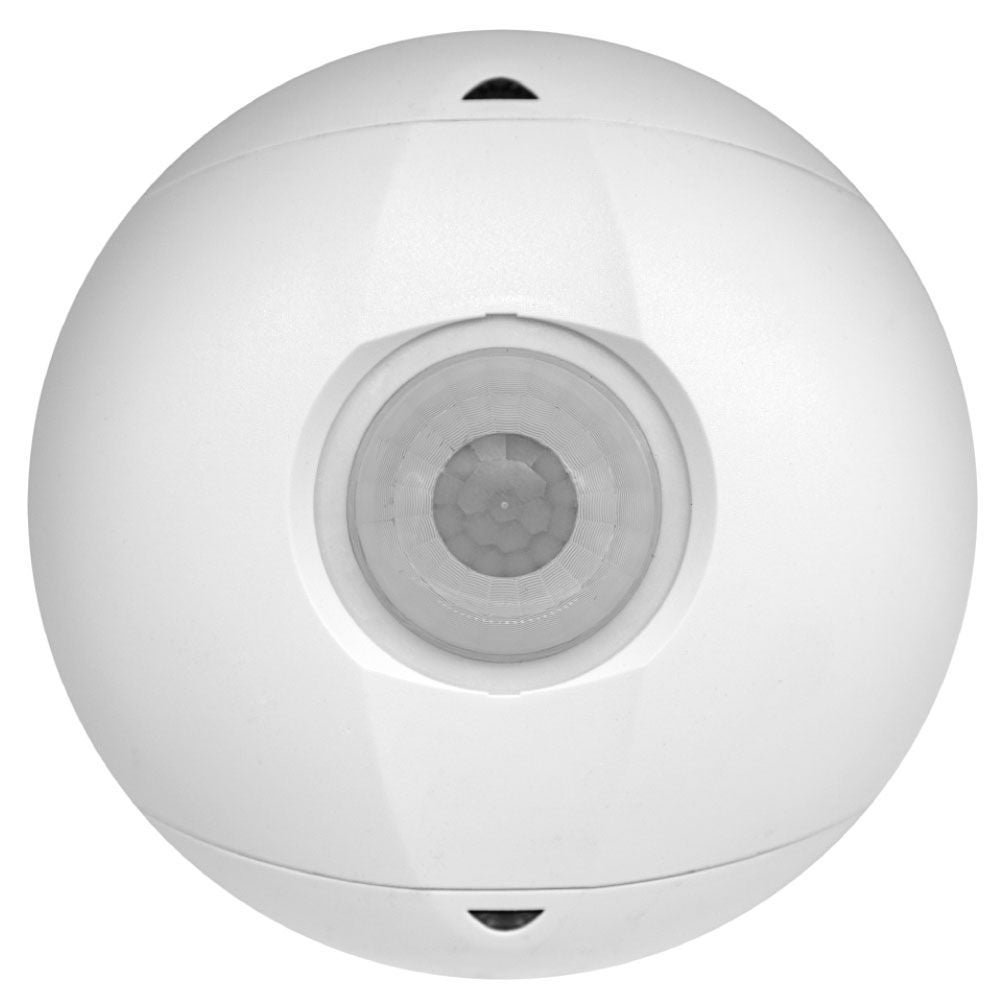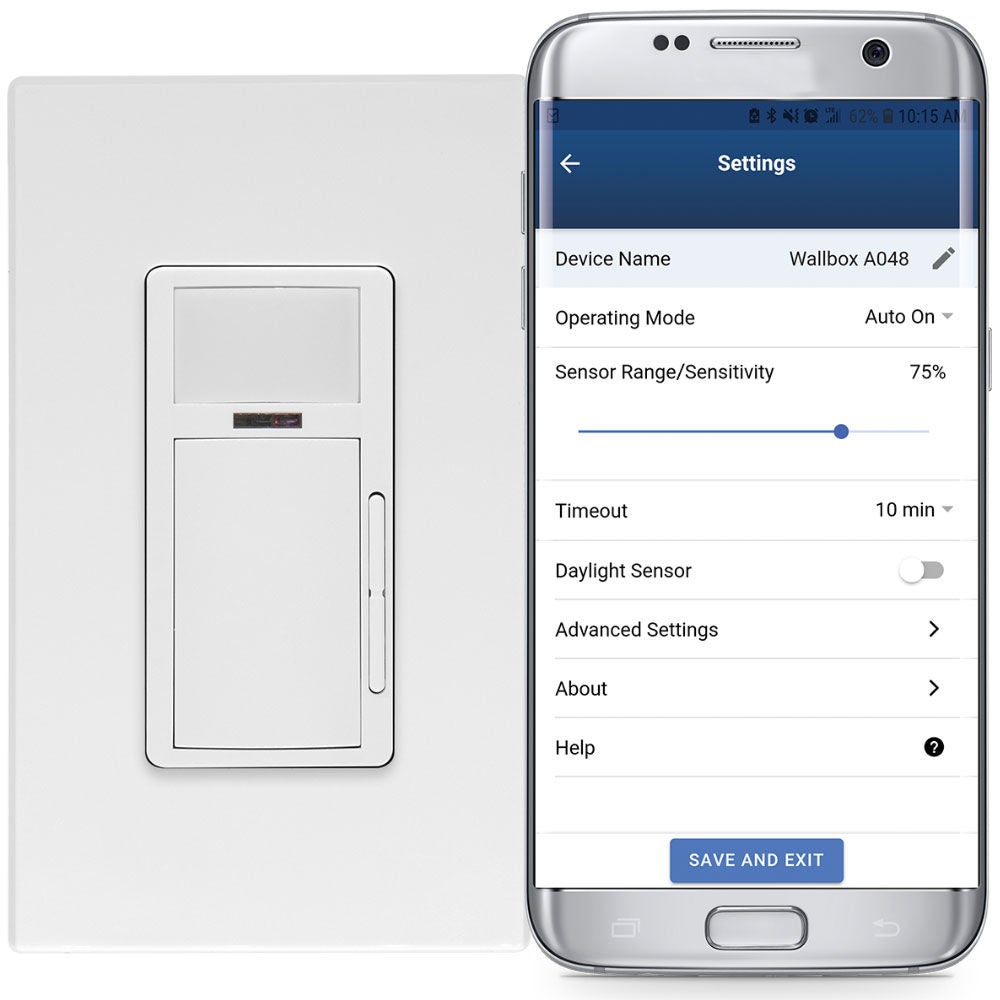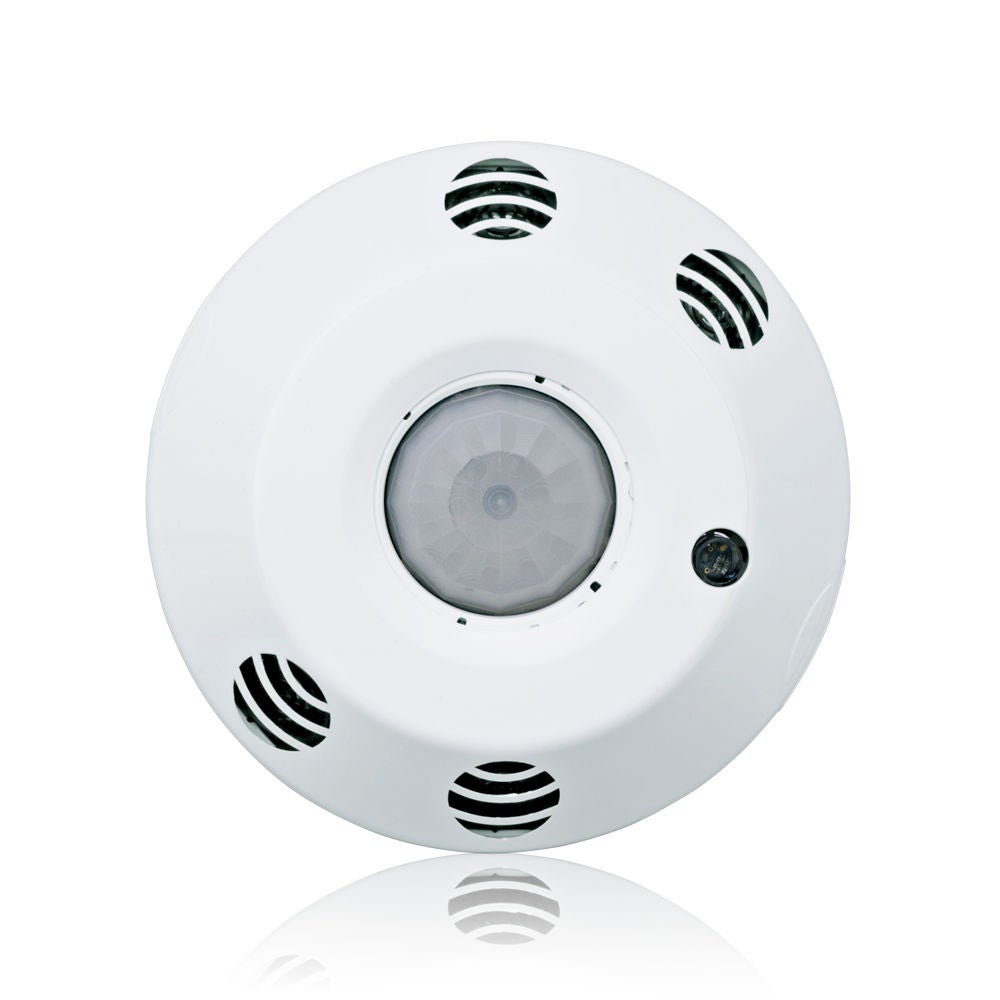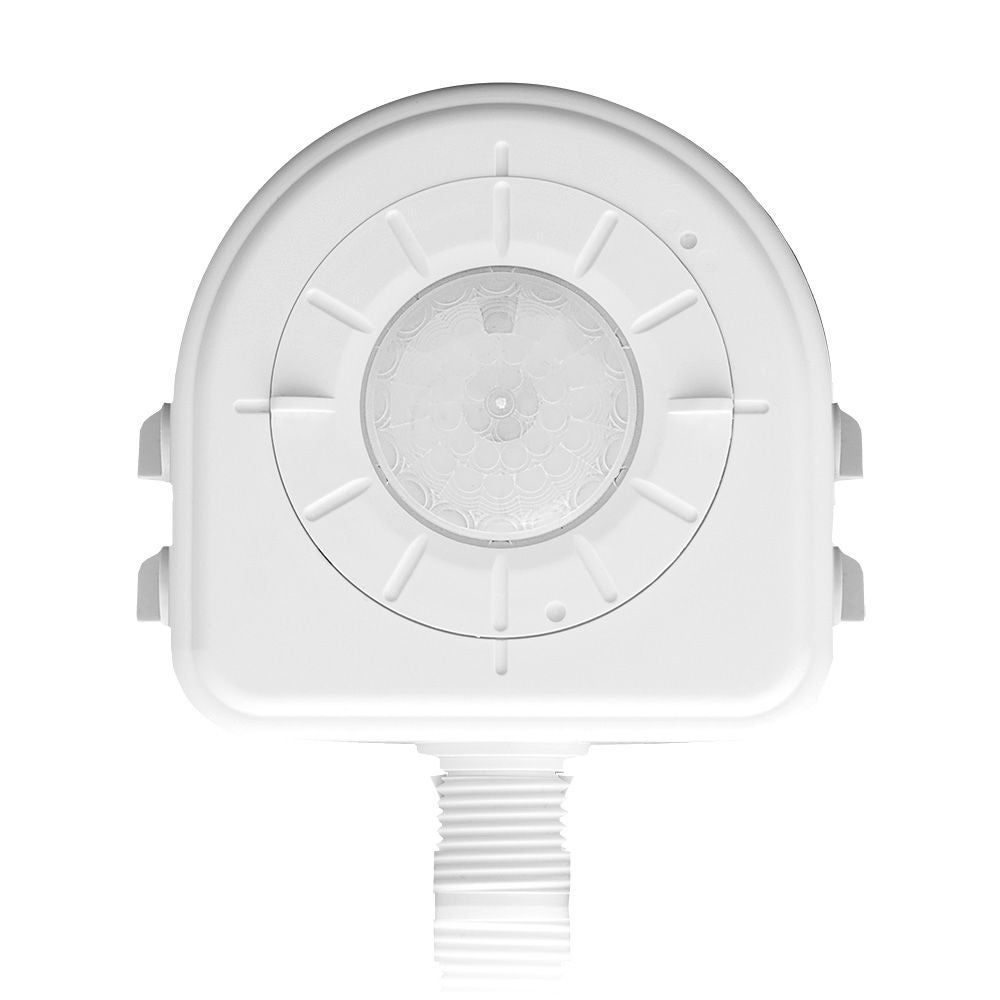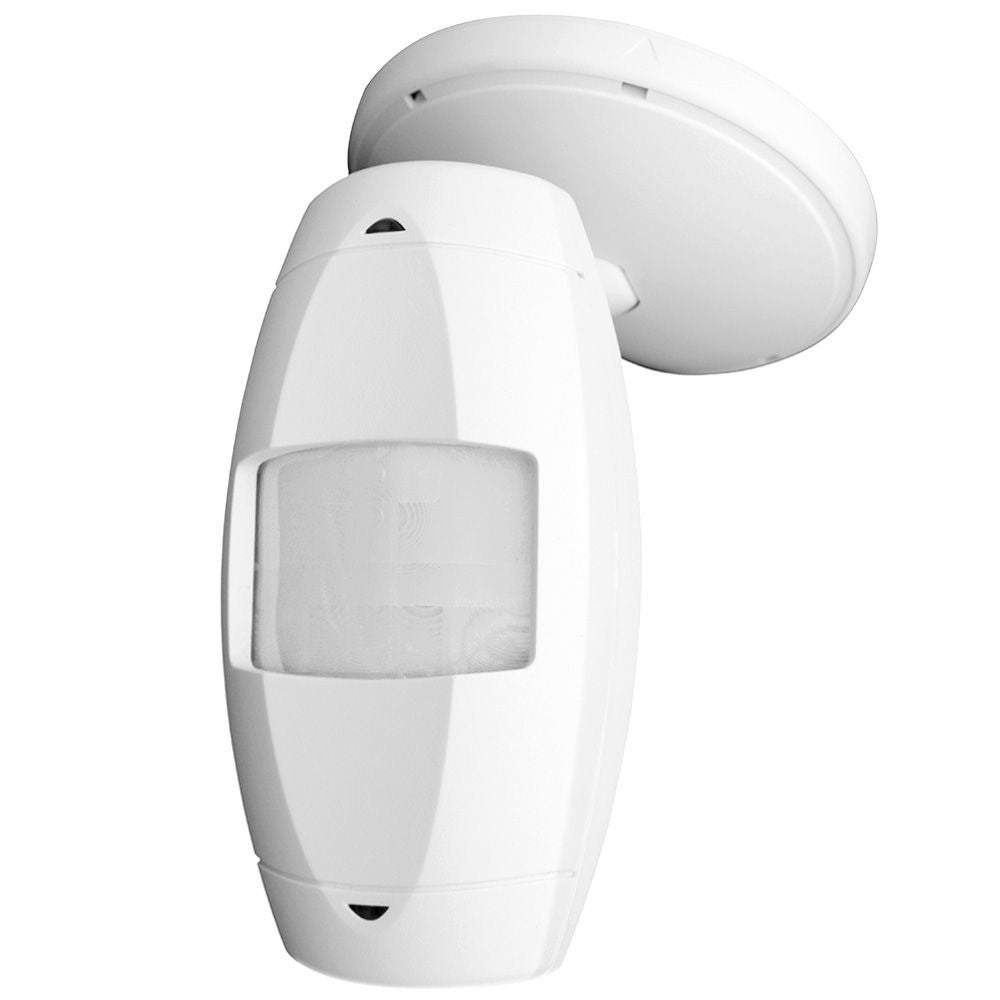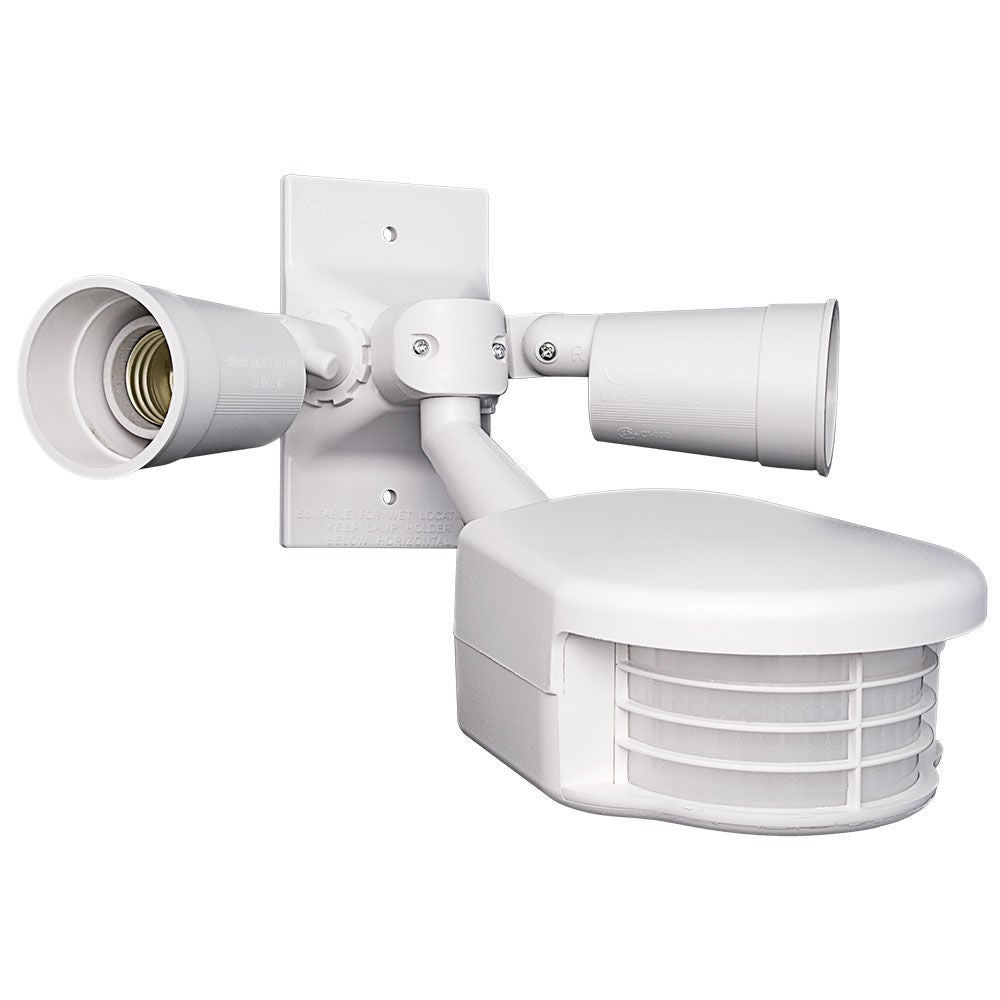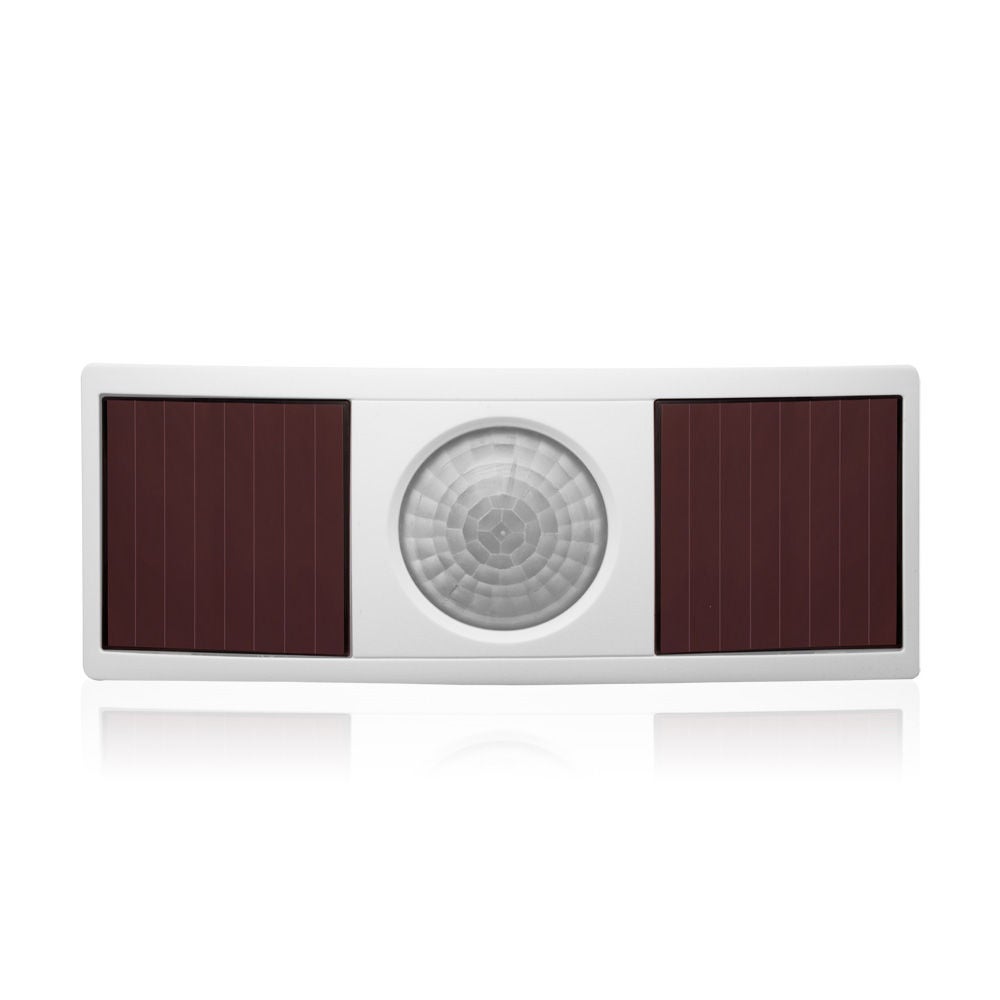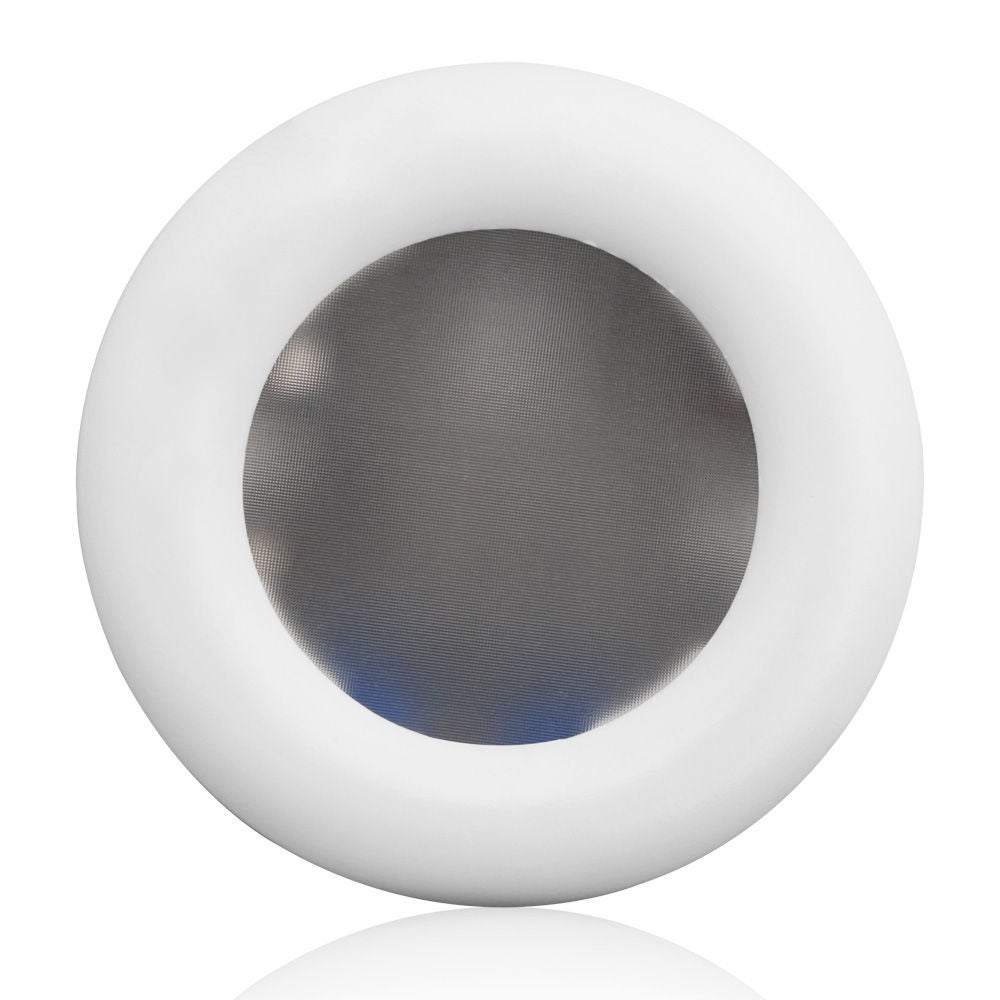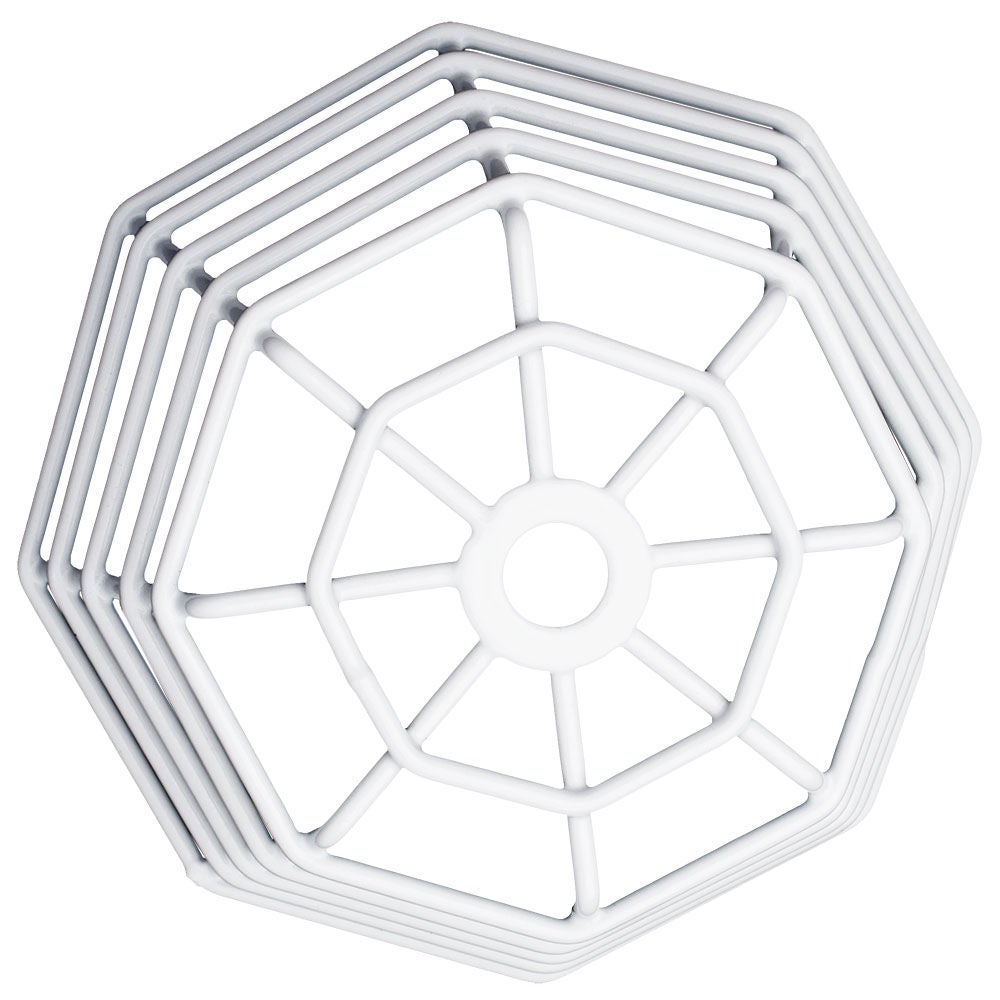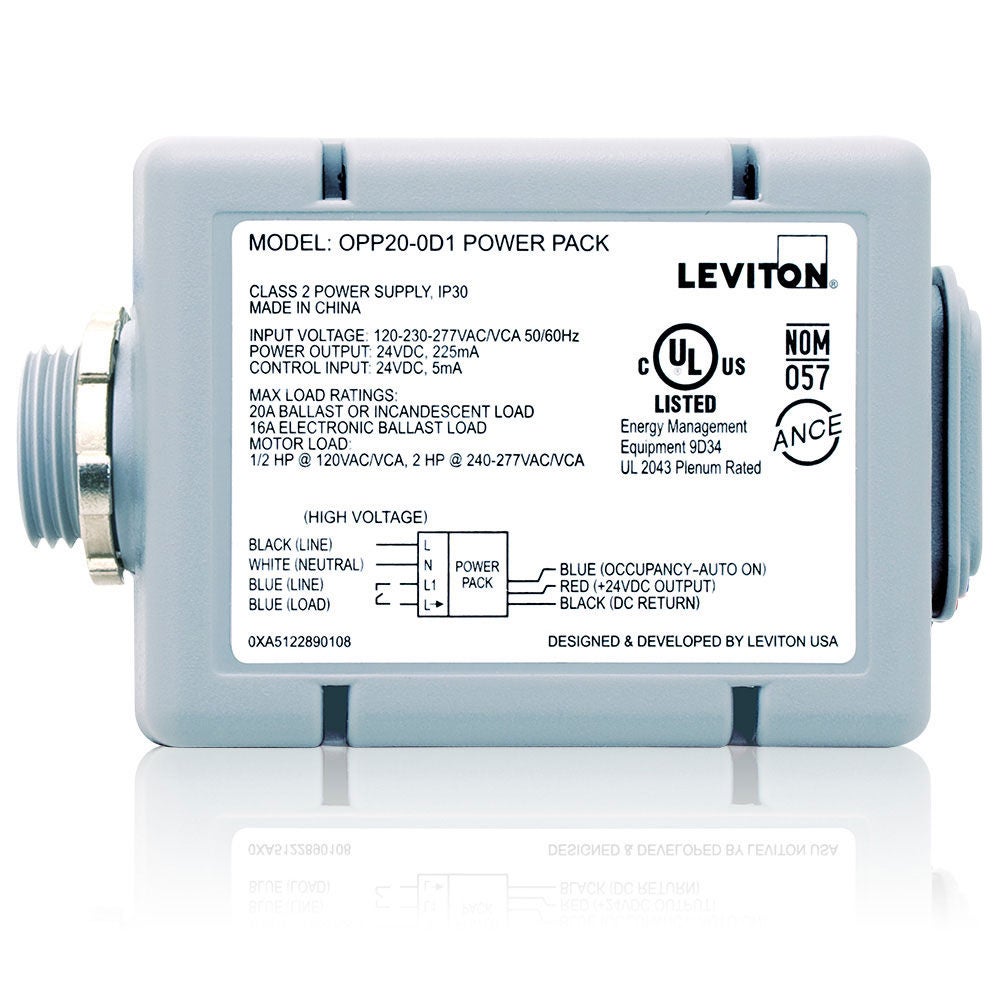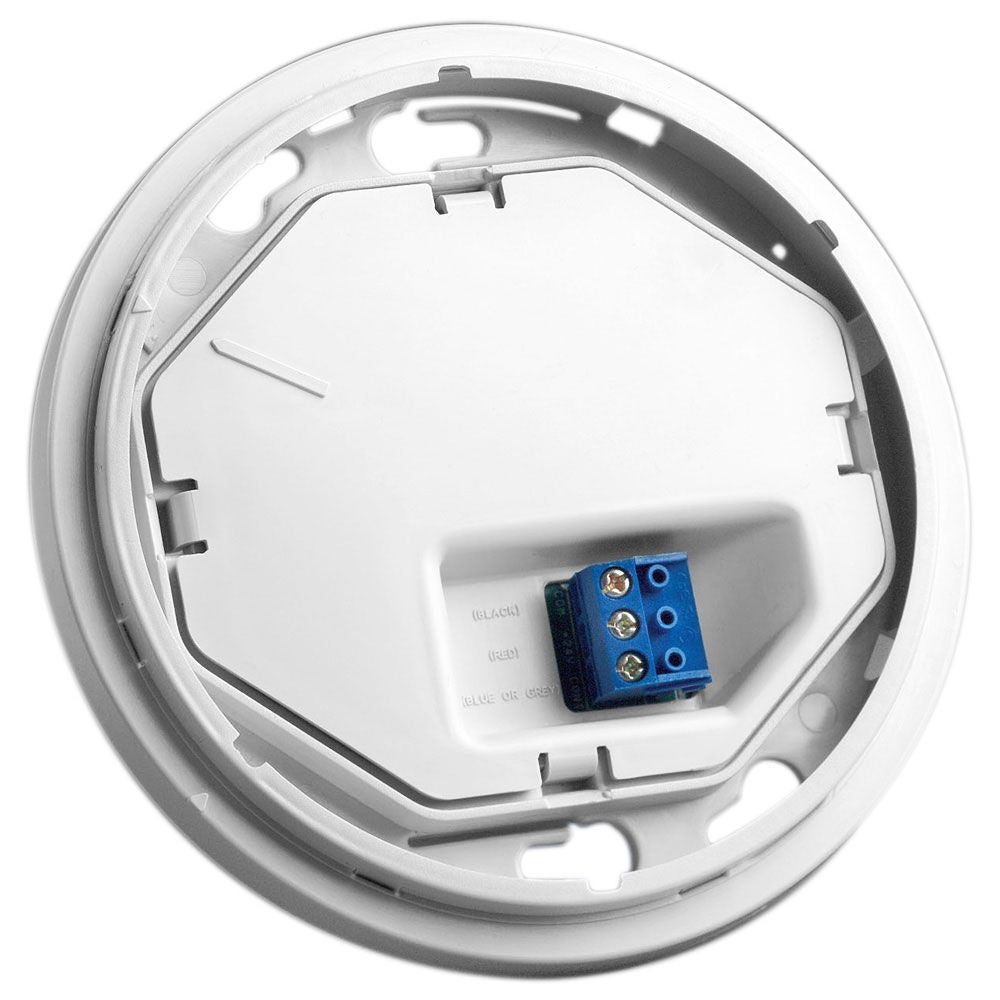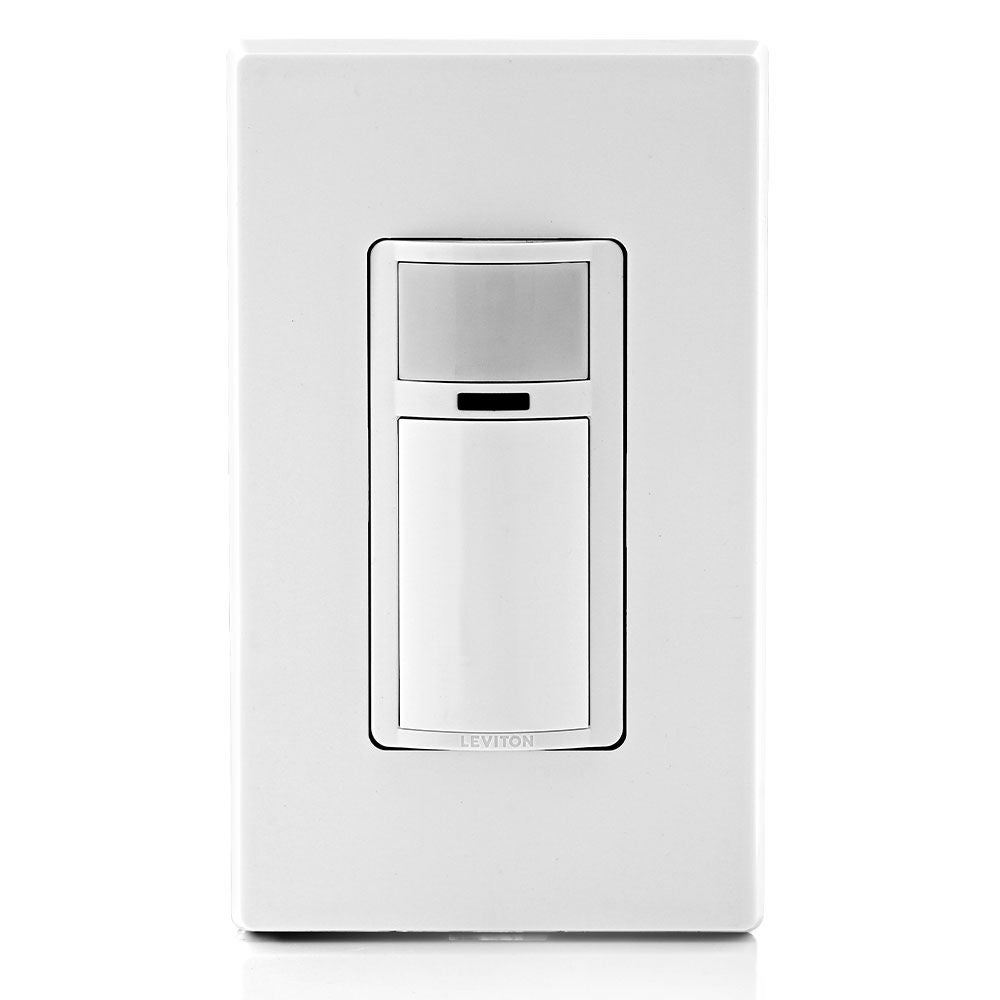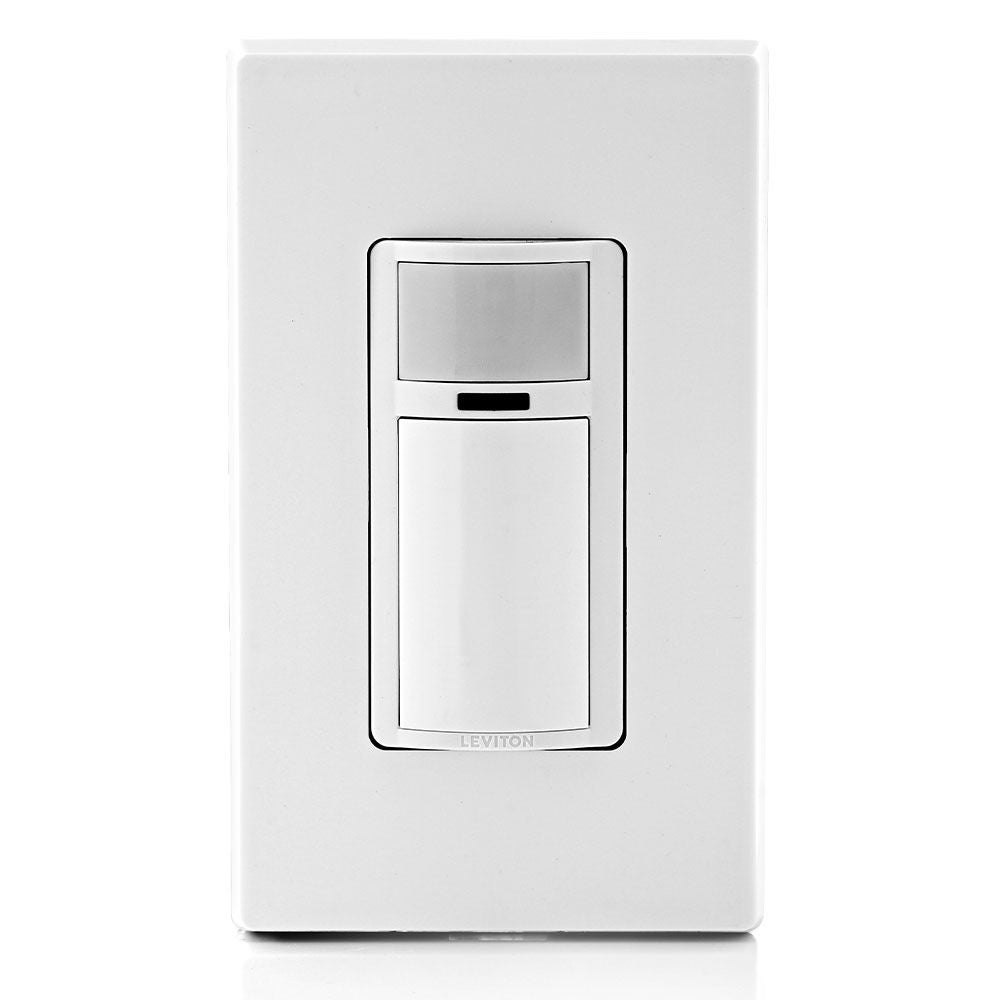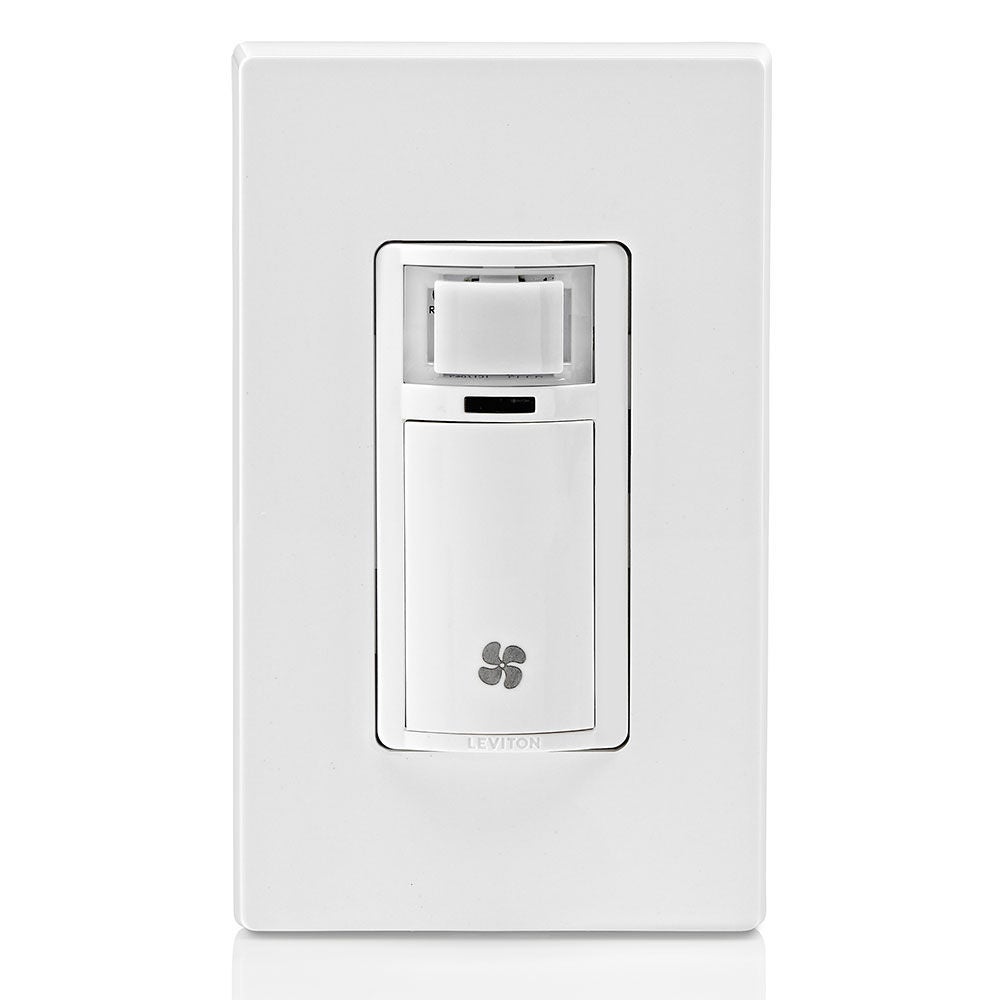Looking for a Commercial Occupancy Sensor or Vacancy Sensor? Leviton has an Occupancy Sensor or Vacancy Sensor for every application!
Looking for a Photocell?
Looking for a Residential Occupancy Sensor or Vacancy Sensor?
Frequently Asked Questions
A PIR sensor works by detecting changes in heat emitted by moving humans compared to the background. It requires a clear line of sight because it cannot sense through obstacles like walls or furniture. One common issue is “false off,” where lights turn off even though someone is present but not moving. The sensor’s lens shapes its coverage into fan-like zones, and as the distance increases, these zones become wider and less sensitive, reducing detection accuracy.
Occupancy sensors and vacancy sensors both help save energy by controlling lighting based on room usage, but they operate differently. An occupancy sensor automatically turns lights ON when it detects motion and OFF after a set time of inactivity, making it ideal for spaces where convenience is key. A vacancy sensor, on the other hand, requires you to manually turn the lights ON, but will automatically turn them OFF when the room is empty. This manual-on feature gives users more control and often meets stricter energy codes. Choosing the right sensor depends on your goals—occupancy sensors maximize convenience, while vacancy sensors prioritize energy efficiency and compliance.
